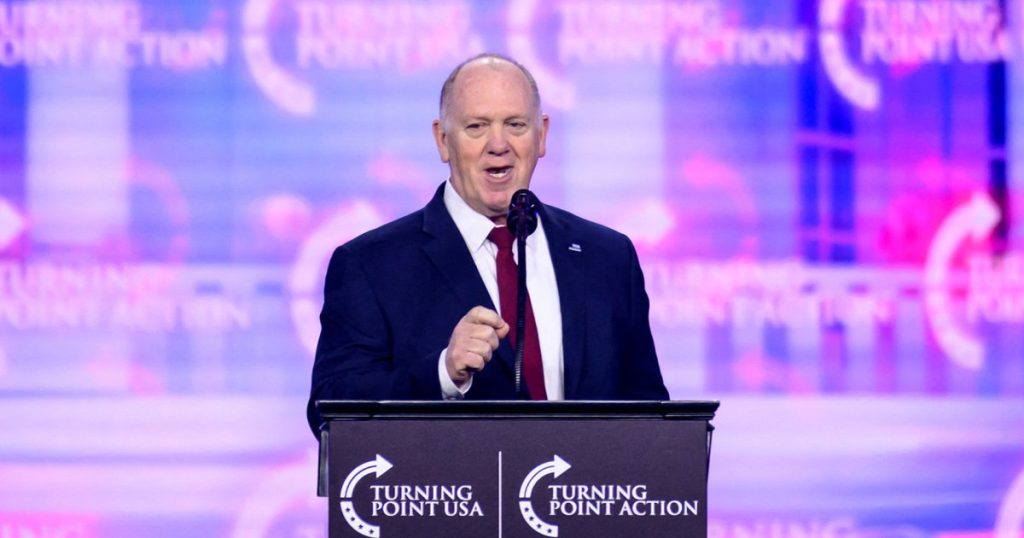President-elect Donald Trump’s “border czar,” Tom Homan, stated that family detention centers for migrants could potentially be used again as part of the Trump administration’s efforts to end catch-and-release policies. Homan, who served as acting director of Immigration and Customs Enforcement during the first Trump administration, mentioned that the issue is being considered and discussed, with the possibility of family detention centers being brought back into use in the near future.
The Biden administration had stopped detaining families who entered the country illegally with their children, but there were discussions within the administration about reviving the practice. Homan, appointed as Trump’s border czar shortly after the 2020 election, emphasized the importance of ending catch-and-release, including for family units, and mentioned plans to potentially increase the number of immigration judges at these locations if family detention is reinstated.
During the first Trump administration, Homan supported the controversial “zero tolerance” policy that led to the separation of young children from their parents, sparking widespread criticism. Homan stated that in the current deportation efforts under Trump, he does not anticipate a widespread separation of migrant children from their parents. However, the Flores Settlement Agreement limits the detention of migrant children to 20 days, which could present legal challenges if family detention centers were to be utilized.
Homan expressed his support for challenging the Flores Settlement Agreement, which he views as an obstacle to using family detention centers for migrants. He emphasized the need to work within the legal framework while seeking potential changes through litigation. Homan mentioned the importance of data in determining the number of detention facilities needed and described them as “open-air campuses” designed for families rather than traditional jails.
Regarding the deportation plan for people in the country without authorization, Homan criticized local governments such as San Diego County and Los Angeles for impeding federal immigration authorities’ access to local resources. He asserted that the Trump administration would proceed with the operation regardless of local opposition. Trump’s campaign promise to deport unauthorized individuals has raised concerns, with some Republicans attempting to moderate Trump’s rhetoric on mass deportations following his election victory.
In conclusion, the possibility of family detention centers being reinstated for migrants under the Trump administration’s efforts to tighten immigration policies has sparked discussions and raised legal challenges. Homan’s role as the “border czar” involves navigating these complexities while seeking to enforce Trump’s deportation plan. The debates surrounding immigration enforcement highlight the tensions between federal and local authorities and the broader implications of Trump’s immigration policies on migrant families and communities.













